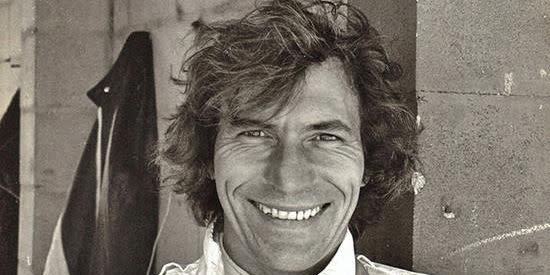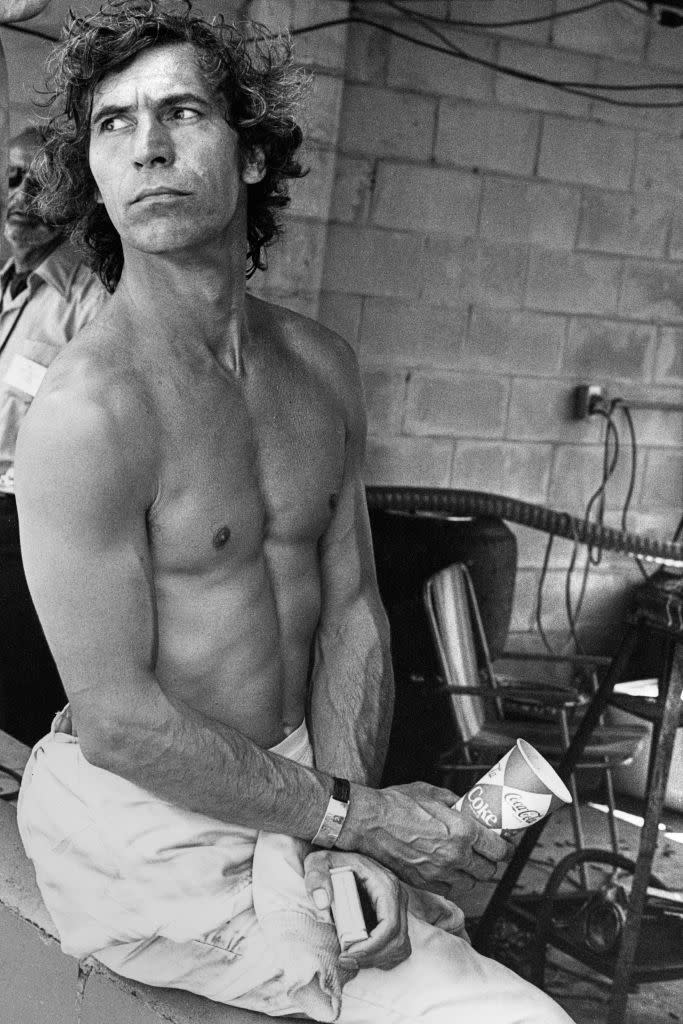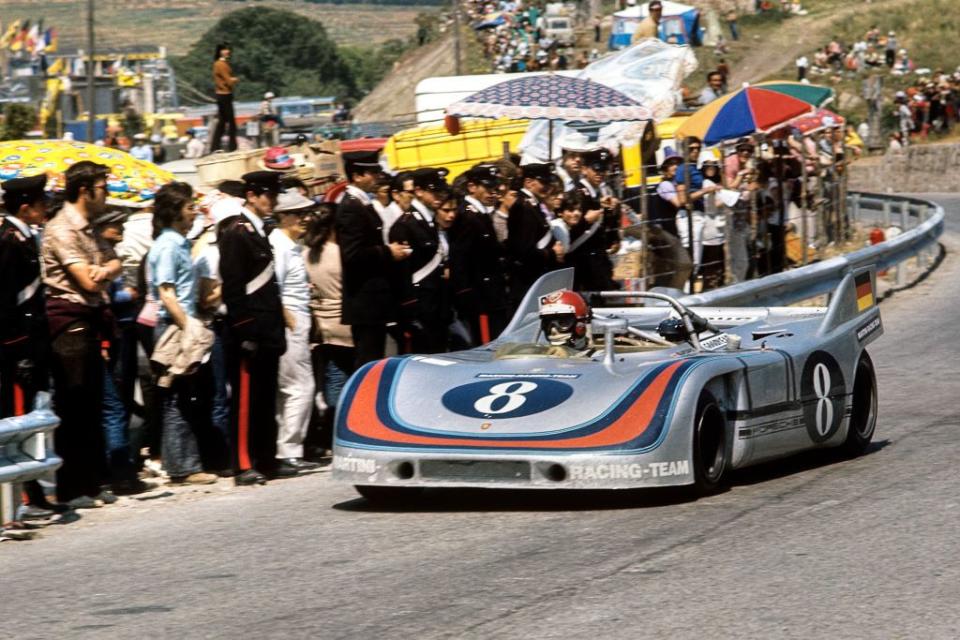Racing Great Vic Elford 1935-2022

While drivers today benefit from decades of safety advancements that make racing less of a death-defying stunt, when Vic Elford was driving, a pilote could only rely on his skill—and lots of luck—to stay alive.
“I didn’t go racing because of the danger,” he said. “But being able to look that close in the eyes, yes that was part of it.”
Elford died March 13 at the age of 86 in his adopted home state of Florida after a long battle with cancer.
“Quick Vic,” as his fellow drivers named him, got his start rallying in his native England, initially as a navigator.
“Eventually I moved to the correct side,” he said.
He began by piloting a Mini he bought in 1962, then a Triumph TR3A and a TR4, and finally a series of Ford Cortinas. His success there lead him to Porsches, and by 1967 he was the European Rally Champion in a 911. It was the beginning of a long and productive association with the brand.

The following year, 1968, was simply amazing, starting with a big win through the snow of the Alpes Maritimes in the Rallye Monte Carlo. From Monte Carlo he flew immediately to Florida and won the Daytona 24 Hours.
The following month he took second at the Sebring 12 Hours, then flew to Italy and captured a remarkable come-from-behind victory in the Targa Florio: A tire failure had him leaping from the car, convincing local Sicilians to lift his car off the ground so he could change the tire and get back to the pits, all of which he did, but with the loss of a full 18 minutes of the first of 10 laps of that curvy island road. His tremendous, nothing-to-lose win in that still-very dangerous event stands as one of the great drives in racing history.
He finished that year by scoring points in Formula 1, driving an underfunded and under-engineered Cooper-BRM T81C.
From there he went on to a career that included everything from Can-Am, Trans-Am and even NASCAR, where he drove in four Daytona 500s. He drove every version of the Porsche 917, from the dangerously tail-happy first one, to each successive and blindingly fast subsequent car.
He drove Porsche 906s and 908s, too, at the height of those cars’ performance potential, as well as all manner of 911 race cars. In a relatively short active period of his career he would pilot: the Chaparral 2J, the famous sucker car; an ex-works McLaren 7A and BRM P160 in F1; a 1970 Camaro in Trans-Am; and various Lolas, Shadows, Lancias, Chevrons and even a Subaru.

He also won Le Mans twice in eight tries, first in a Porsche 906 in 1967 and then in a Ferrari 365 GTB/4 in 1973.
He was not just brave behind the wheel, but extraordinarily brave out of the car, too. Driving an Alfa Romeo 33TT3 at Le Mans in 1972, he came upon a burning Ferrari Daytona. He stopped—in the middle of the race—and pulled open the door of the flaming wreck, only to find an empty car, the driver had already escaped.
He hadn’t known it was empty when he waded into the inferno. For that he got the French National Order of Merit, presented to him by no less than French president Georges Pompidou.
When Elford retired from racing, he could often be found at various motorsports heritage events, where he was a much-sought-after speaker. I myself got to meet him at a fundraiser at the Petersen Automotive Museum in Los Angeles in 2010. The event was a big slot car celebration, and Quick Vic’s team, of course, won it.

"I figured out today that the best way to win was to go as fast as possible down the straights and slow down going around the corners so you didn't fall off the track,” he told me. “And believe it or not this was exactly the same sort of philosophy that I used to use, particularly in driving at Le Mans."
How close was it to real racing, I asked.
“Well I suppose it's the same thing,” said Elford. “Two or three times, I was running very close to somebody, and I discovered you've got to be very careful because you're getting a little bit excited and you crash. And then you lose half a lap.”
Which would have different results at Le Mans, of course.
“Oh, then you're done,” he said. “In my day.”

 Yahoo News
Yahoo News 
